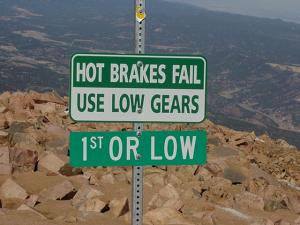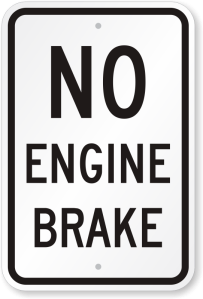With regards of the electric vehicle revolution in India, our Honourable Road Transport & Highway Minister, Mr. Nitin Gadkari has given a very clear statement to the automotive OEM’s saying,” Move to electric cars by 2030 or be bulldozed”. And with the imminent BS VI switch to be made in 2020, the statement has OEM’s baffled by the workload and the instability that it might cause in the market.
What I believe is that rather than just focusing on technology, we should also focus on changing the mindset of people and their views on alternate propulsion, only then I believe that the ‘Electric Revolution’ will have any real impact. To explain my point better, I must say that, it took about a 100 years for the IC engine technology to penetrate to almost every remote village in India, but we can’t afford to wait a 100 more years for the electric infrastructure to do the same.
Many countries like Norway and Iceland have already started seeing massive adoption rates of electric cars in favor of gasoline-powered vehicles. In fact, in Norway, about 35% of the total car’s sales are dominated by electric vehicles. This feat was only possible by the collaboration of different automotive companies and the government for the infrastructure and incentives, in contrast to having a ‘Bull-doze Policy’.
I strongly believe that with the right collaboration and the technical know-how, any country and not just India can successfully complete the electric transition. And I sincerely hope that different countries and the OEM’s will help each other out to change the tide of human race cause after all we all have to share the same planet until Elon Musk happens.
 be completely released with the transmission in gear and the accelerator pedal should be completely released for the system to work. When activated the motion of the fuel injection rocker arm is transferred to the exhaust valve. This process takes place during the Top Dead Center(TDC) and releases the compressed air into the cylinder so that the energy is not transferred to the crankshaft. This leads to slowing down of the vehicle.
be completely released with the transmission in gear and the accelerator pedal should be completely released for the system to work. When activated the motion of the fuel injection rocker arm is transferred to the exhaust valve. This process takes place during the Top Dead Center(TDC) and releases the compressed air into the cylinder so that the energy is not transferred to the crankshaft. This leads to slowing down of the vehicle.